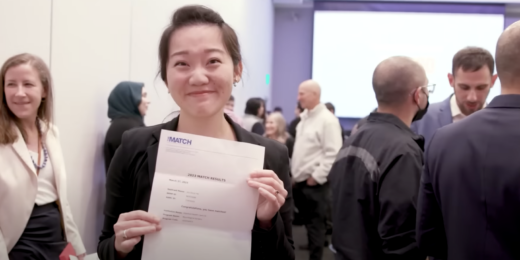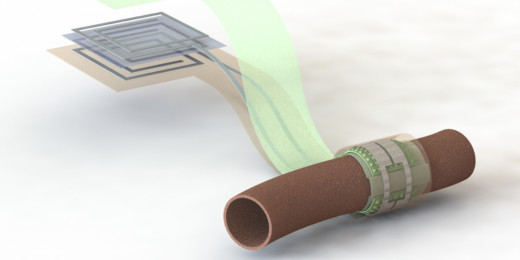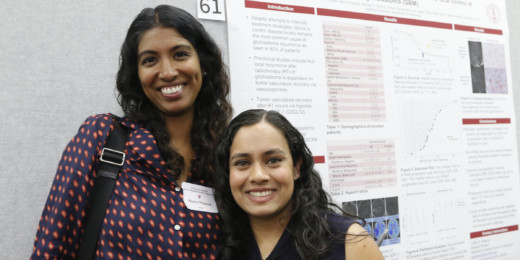Researchers have created a menstrual pad that can passively help detect HPV, potentially offering a screening method other than pap smears.
Popular
Schrödinger’s COVID: Infected without testing positive?
Stanford pathologist speaks to the likelihood of undetectable COVID-19 and best practices for staying safe in the face of uncertainty.
Are ‘natural’ skin products irritating your skin?
Two Stanford Medicine dermatology experts weigh in on the possible allergies associated with "natural" skincare products.
Stomach cancer hits Asian populations harder
Over the last six decades in the U.S., gastric, or stomach, cancer rates have plummeted. But around the world, gastric cancer remains a leading cause …
Emotions, tears flow on Match Day
Stanford medical students learned where they matched, a decision that determines when they will train for the next four years.
Satisfaction with online dating app depends on what you’re looking for
A new study shows that some Tinder users access the the app to cope with negative emotions, but they may not find what they’re looking for.
Imaging multiple sclerosis
Researchers developed a novel way to image inflammation in multiple sclerosis, a disease that is notoriously difficult to diagnose early.
The endometriosis enigma: What to know about this disruptive disease
Despite the fact the disease greatly reduces the quality of many women’s lives, endometriosis remains understudied.
Advocating for individuals with disabilities is personal for this med student
Inspired by her brother Saaz’s experiences, often tagging along on his doctor’s appointments, Binisha Patel was drawn to medicine.
For those with an alcohol problem, are non-alcoholic beverages a wise choice?
Q&A with a Stanford addiction specialist on whether non-alcoholic beverages are helpful or harmful for those with alcohol use disorders
Serious talk about moods with bipolar disorder expert Po Wang
Often misunderstood and undertreated, bipolar disorder has received close attention from Stanford Medicine clinicians and researchers for more than 30 years.
Countering decades of racism in medicine
In addressing decades of structural racism in health care, Stanford Medicine researchers are devising new strategies to reach racial equity.
This sensor can monitor blood flow – then disappear
An interdisciplinary team of Stanford researchers have developed a implantable, biodegradable, wireless and battery-free blood flow sensor.
Medical students showcase research accomplishments
The Stanford Medical Student Research Symposium included 64 students, and their faculty mentors, and offered an opportunity to share their research projects, which spanned a variety of disciplines.
New Biodesign fellows will focus on vision care
This year, Stanford Biodesign Innovation Fellows will concentrate on ophthalmology, spending 10 months to address needs in that field.
Making moves to increase diversity in radiology — “It’s a must”
Stanford's Department of Radiology boosts its diversity effort, focusing on education, diversity in leadership and inclusion.

















